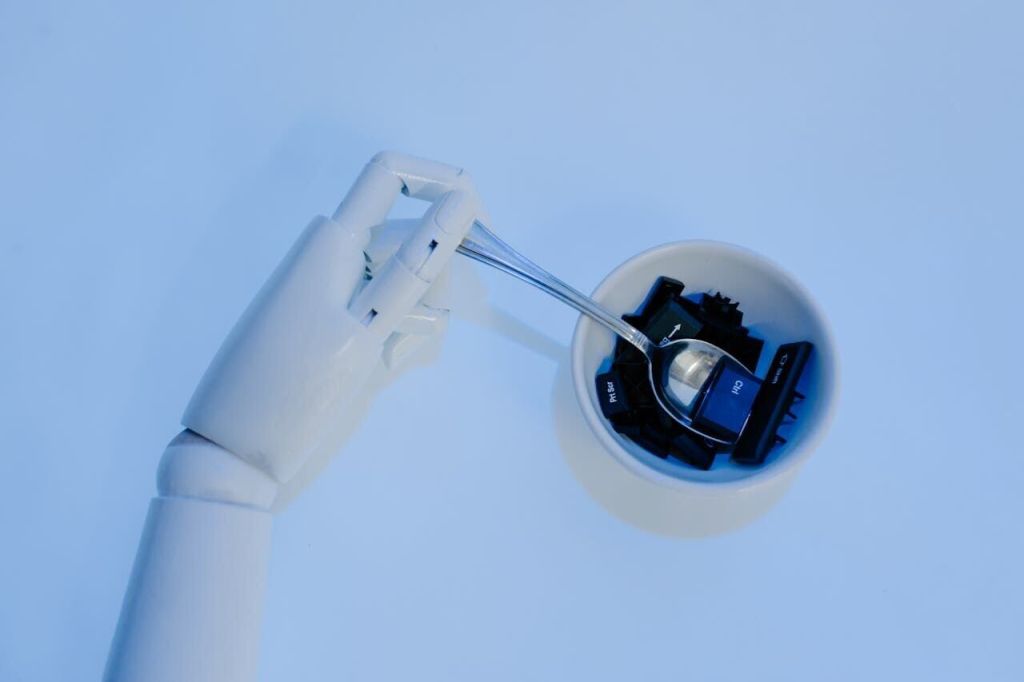Scientists say we all have a spoon’s worth of plastic inside our brain
Published 8:57 am Tuesday, March 4, 2025

- (Photo by Tara Winstead via Pexels)
By Stephen Beech
A spoon’s worth of plastic pollution is inside everyone’s brain, suggests a new study.
Researchers have discovered “alarming” levels of tiny microplastics and nanoplastics (MNPs), linked to dementia, in human brain tissue.
The brain contains higher concentrations of plastic particles than other organs – with elevated levels in dementia patients, say scientists.
MNP levels are three- to five times higher in people diagnosed with dementia, according to the study.
And, more concerning still, brain tissues showed seven- to 30 times higher concentrations of MNPs compared to other organs such as the liver or kidney.
The study of microplastic accumulation in human tissue, published in the journal Brain Medicine, provides critical insights into potential health implications and ways of preventing the worrying problem.
Lead author Dr. Nicholas Fabiano, from the University of Ottawa in Canada, said: “The dramatic increase in brain microplastic concentrations over just eight years, from 2016 to 2024, is particularly alarming.
“This rise mirrors the exponential increase we’re seeing in environmental microplastic levels.”
He says of particular concern are particles smaller than 200 nanometres, predominantly composed of polyethylene, which show notable deposition in cerebrovascular walls and immune cells.
The size allows them to potentially cross the blood-brain barrier, say scientists, raising questions about their role in neurological conditions.
The review highlights practical strategies for reducing exposure, noting that switching from bottled to filtered tap water alone could reduce microplastic intake from 90,000 to 4,000 particles per year.
Dr. Brandon Luu, an internal medicine resident at the University of Toronto, said: “Bottled water alone can expose people to nearly as many microplastic particles annually as all ingested and inhaled sources combined.
“Switching to tap water could reduce this exposure by almost 90%, making it one of the simplest ways to cut down on microplastic intake.”
He said other “significant” sources include plastic tea bags, which can release millions of micro and nano-sized particles per brewing session.
Dr Luu says how we heat and store food also matters.
He added: “Heating food in plastic containers – especially in the microwave- can release substantial amounts of microplastics and nanoplastics.
“Avoiding plastic food storage and using glass or stainless steel alternatives is a small but meaningful step in limiting exposure.
“While these changes make sense, we still need research to confirm whether lowering intake leads to reduced accumulation in human tissues.”
The research team also discovered evidence that sweating might help remove certain plastic-derived compounds from the body.
But Dr. David Puder, host of the Psychiatry and Psychotherapy Podcast, said: “We need more research to wrap our heads around microplastics – rather than wrapping our brains in them – since this could be one of the biggest environmental storms most people never saw coming.”
The study calls for urgent research priorities, including establishing clear exposure limits and assessing long-term health consequences of microplastic accumulation.
The research team emphasized the need for large-scale human studies to determine the relationship between microplastic exposure and chronic health issues.





